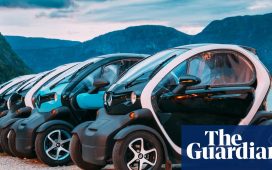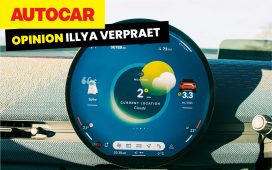While the 508’s replacement is likely to keep the same name, it will be heavily restyled and subtly repositioned in a bid to bolster its popularity and link it more closely to its future stablemates, all of which will take heavy design inspiration from the Inception.
Most obviously, the 508’s successor is likely to be higher-riding in order to account for the global market shift towards crossovers but will keep its conventional saloon silhouette.
Jackson said this straddling of segments (first explored with the freshly launched Peugeot 408) will provide the best balance of efficiency and practicality for next-generation EVs.
She explained: “I don’t think anybody is saying that SUVs are going to disappear, because they’re still as popular as ever, but we’re all looking for ways to make them more aerodynamic, and therefore you start to move into slightly different silhouettes.”
Jackson acknowledged the higher driving position and enhanced ‘modularity’ offered by SUVs as chief factors in their appeal but said experimenting with new bodystyles in this segment could bring about improvements in efficiency, thereby boosting range and cutting CO2 emissions per car.
Notably, fellow Stellantis brand Vauxhall’s similarly conceived and sized Insignia will return with electric power (and more ground clearance) in around 2025, raising the possibility of it and the next 508 effectively being twinned.









